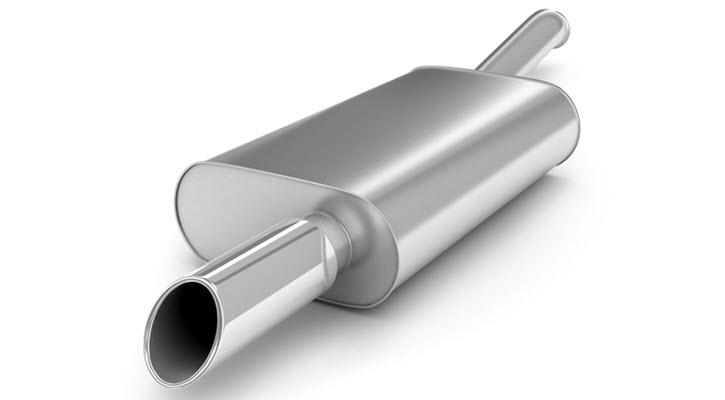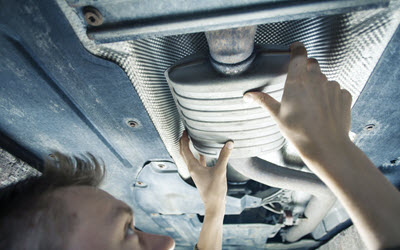
Different Factors for Tail Pipe Issues in a Mini
21 Nov, 20
Whether you know it or not, there are a number of important parts under the hood of your car that ensures your vehicle can operate smoothly and with as little problems as possible. Keeping all these individual parts up to date should be your top priority as a driver, as any single one can have a problem that causes the parts it is connected with to develop problems as well.
When issues arise under the hood, or anywhere on your Mini for that matter, it’s best to take the vehicle into the shop right away. Problems that occur with the tailpipe are a fantastic example, given that it is connected directly to the exhaust system of your vehicle. A problem with your tailpipe could evolve into a problem with the exhaust system which may cause more headaches than you’re willing to take on.
The Exhaust System and Tail Pipe
Before getting too far ahead of ourselves, let’s cover how exactly the tailpipe on your Mini is connected to the complex exhaust system. As you know, there are thousands of tiny explosions occurring in your engine bay as you drive. These explosions allow the pistons on your engine to slam down and send power to your wheels, allowing you to move forward.
However, there are a number of byproducts that result from these explosions. Harmful gas needs to be converted into harmless gas, and then expelled from the system, otherwise, your engine may be damaged. That’s where the exhaust system comes into play. Your exhaust manifold acts as a funnel to diver gases through an opening called the front pipe.
After traveling through this pipe, they pass through the catalytic converter which helps to purify those gases. These now purified gases go through the muffler that masks the sounds of these fumes flying through. After this, the gas finally exits via the tailpipe and gets carried away from the passengers and driver of the vehicle.
This is a simple yet still complex system that is all interconnected. If you have a problem with your tailpipe, it may cause an issue to develop within your exhaust system, which is not something you should hope for. Therefore, always trust a professional to look at your vehicle if you suspect that there is a problem with your tailpipe.
Signs of a Bad Tail Pipe
Now that you understand the importance of keeping your tailpipe in working order, it’s important to look at the signs and symptoms of a faulty tailpipe. Identifying these early on may save you a headache down the line, so keep a vigilant eye out for any of these common signs:
Loud Exhaust
As mentioned, your muffler should take care of almost all the sound of gas exiting through the system. If there is a disconnect between your tailpipe and the muffler or further up in the system, you may begin to notice that the sound of exhaust leaving the system is much louder.
Exhaust Fumes
Should a leak develop in the tailpipe or any other area of the exhaust system, the passenger area of your Mini may begin to smell like exhaust fumes. These can be extremely harmful over time, so it’s best to take your car into the shop that same day if you start noticing these smells.
Hanging Pipe
If there is a physical problem with your exhaust tailpipe, you may notice it just by looking underneath the back of your car. Your tailpipe should be secured to the upper-back part of your Mini, and if it is not, that is a sign that it is damaged. Take your car in right away if you notice this.
How Santa Barbara Autowerks Can Help
At Santa Barbara Autowerks, we understand  just how detrimental tailpipe issues can become. Don’t allow your reliable Mini to devolve into a car that frustrates you. Our experienced technicians have worked with clients from all over Santa Barabara, CA. They will successfully diagnose and tackle whatever problem you bring to our garage. Please give us a call or visit us today to see why we are the best in the business. We look forward to earning your business and patronage.
just how detrimental tailpipe issues can become. Don’t allow your reliable Mini to devolve into a car that frustrates you. Our experienced technicians have worked with clients from all over Santa Barabara, CA. They will successfully diagnose and tackle whatever problem you bring to our garage. Please give us a call or visit us today to see why we are the best in the business. We look forward to earning your business and patronage.




